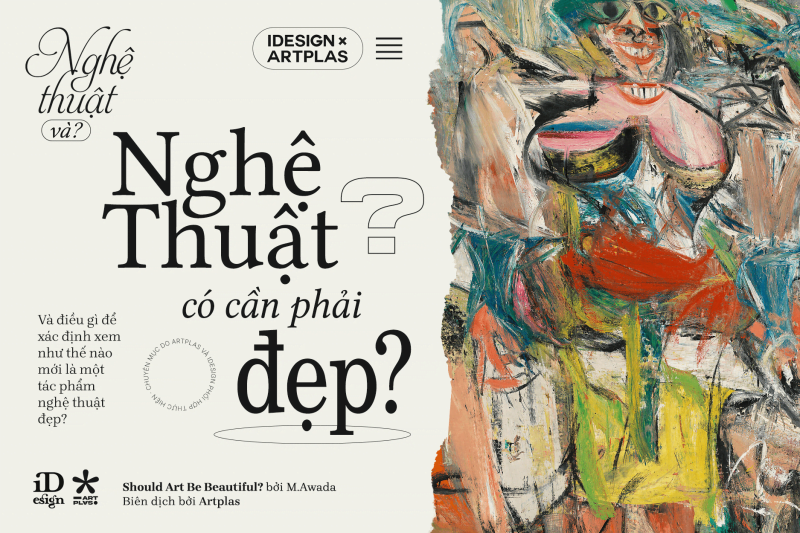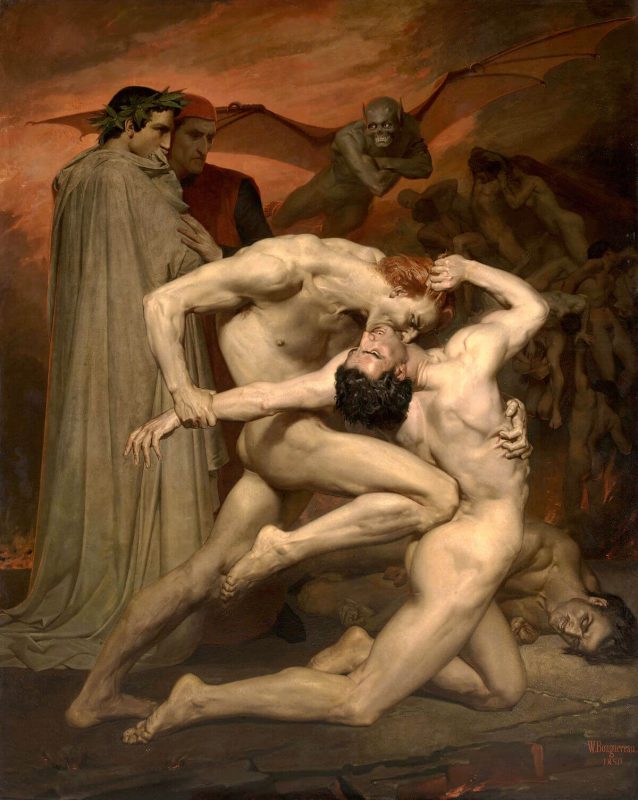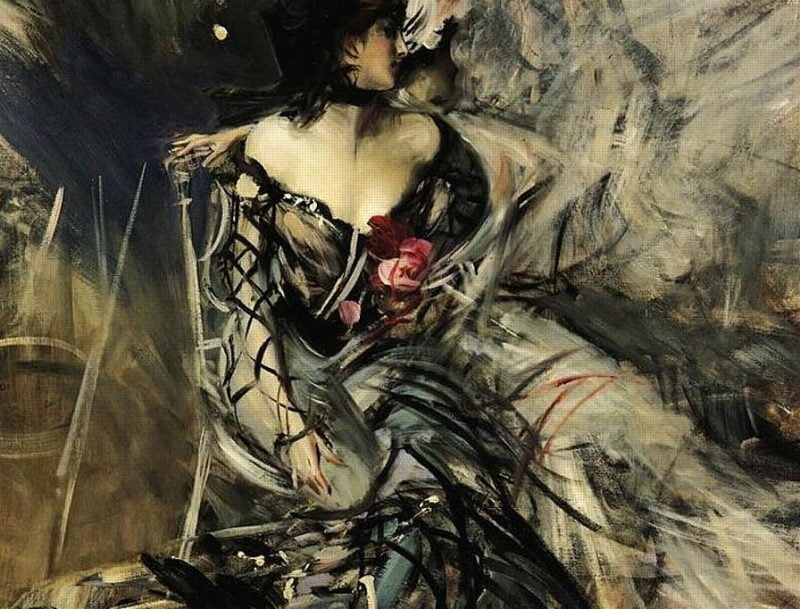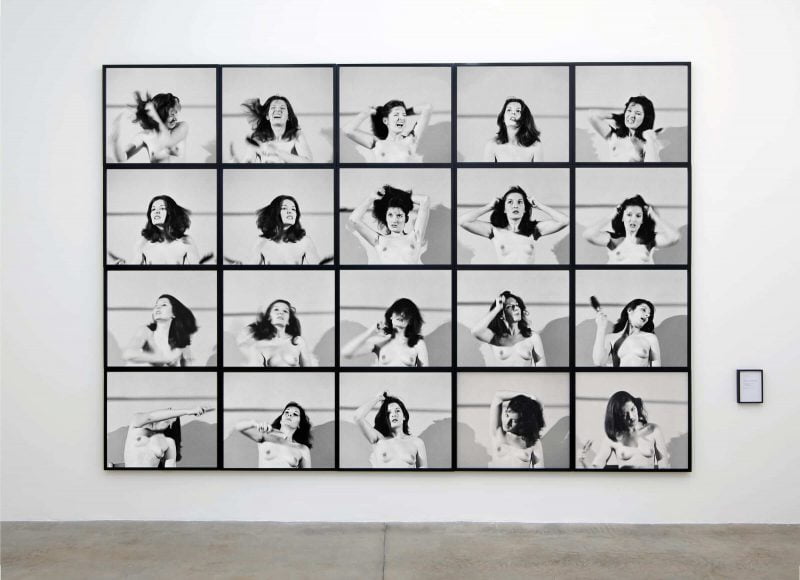
If art doesn’t make you feel a certain emotion, or doesn’t make you feel anything, is it really art? And what defines a beautiful work of art?
This article will delve into the philosophical aspect of art to uncover its relationship with beauty. In this article, we’ll uncover the secrets of the psychology of art, the concept of beauty in art, and what makes “art” both famous and beautiful, so be sure to you will read to the end of the article!
Essentially, art is the expression of a powerful set of thoughts and feelings, which are displayed externally in the form of physical products such as paintings, photographs, crafts, sculptures, music or cinema, etc. Through art, artists can convey their feelings, what intuitively drives them to do, responses to the world, and also their desires. In addition, they can share with the world their own personal experiences through artistic endeavors. And you know what, that’s not always pretty.
The view as to whether art should always be aesthetically pleasing remains controversial. Philosophers call the human reaction to what is pleasing to the eye an “aesthetic response.”. But what if many people do not share this “aesthetic response”? Does that make what is seen less appealing or less pleasing to the eye? Beauty in art is a vague abstraction of little value when one interprets artistic materials. After all, what is beauty? And can we explain its definition in words alone? You could say that beauty evokes pleasant feelings when one looks at it. But anyway, what you see affects the complex emotions in your heart, changing your view of the concept of “beauty”.
Looking back, it can be seen that many types of art that have changed society and left a great impact on the community can be called – according to the style of art – revolutionary or contemporary, in which there is music, literature, performance, etc. Historically, what is considered beautiful has been closely related to what is considered “good”.

While art is indeed full of emotional power, art is not always easy on the eyes. Art is to be revolutionary and disturbing. What you feel must strike at your core values, trigger cognitive responses, and evoke feelings you’ve never had before. We can sum it all up with a quote from Bansky: “Art must calm the unpleasant and disturb the pleasant.” And indeed, art allows the artist to explore all levels of emotions, from happiness to fear, pain and sadness. You will see that discomfort in William Adolphe Bouguereau’s Dante and Virgil in Hell, a painting that touches on the concepts of human greed, malice and even scheming. The Spanish dancers at the Red Windmill, Spanish Dancers at the Moulin Rouge, by Giovanni Boldini won’t freak you out until you realize the hand on the dancer’s shoulder belongs to no body. . Boldini subtly captures the concept of duality and space in his brushstrokes. Come to think of it, there are many works that may not be judged as beautiful, if we judge them based on whether we feel comfortable looking at the work or not.

For example, the Serbian artist Marina Abramovic has transformed her terrible physical pain and mental state into what is known as the art of endurance, among other things. In her artistic performances, she expresses her own pain, despair and suffering. Art can reflect pain, so categorizing art by the standards of beauty becomes quite difficult. Abramovic’s 1975 video captures her combing her hair, brushing it until it bleeds while repeating the mantra “Art must be beautiful, artists must be beautiful”. . The video subtly hints at the high expectations society places on artists – especially women.

According to photographer Joseph Nierters, the perception of art is highly subjective, and the concept of beauty lies in whether the work successfully conveys the artist’s message, as well as whether the work has an impact. How does it affect viewers? Chiara Leonardi believes that art is still attached to its creator, but the assessment of beauty depends on the viewer of the work and the influence of culture on the viewer’s point of view. When isolated from external factors, beauty is not considered art. And strangely enough, one should be suspicious of fine art.
If the function of art is to record human experiences, then art must include all the ups and downs in life, the positives and the negatives, making art a springboard for human emotions. and is the focus of the philosopher’s research. French painter Georges Braque summed it up in a quote : “Art was born to interrupt life, science was born to ensure its functioning.” Ian Malcomson answers the question of whether one can find beauty in art: If beauty is the result of a creative and imaginative process through which we experience pleasure, then let it be judged in terms of personal views and interpretations. No one, not even our critics, can tell us what is considered beautiful and what is not.
Art is a tool used by artists, and anything they create can be interpreted in many different ways, not necessarily labeled as beautiful. Beauty is a vague concept, associated with issues of taste, acceptance, and intentions. What is considered pleasant varies from culture to culture as each community and individual has its own definition of beauty. Breaking away from the traditional norms and rules of art will help you find the fun and challenge in your works. When beauty is a valued quality, there is a high chance that each person has a different perception of beauty. It can be said that art is the door leading to error to a person’s soul, whether it is complicated or not,




